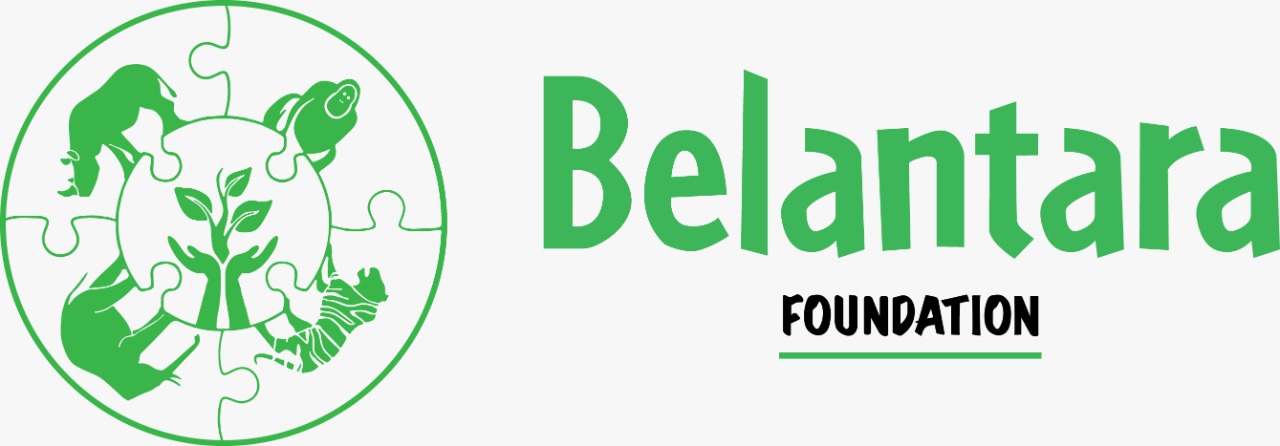Biological and economic values of Dipterocarpaceae, the main timber forest product of Indonesia
Abstract
Dipterocarpaceae is known as a very important tree family both biologically and economically. Its distribution around the world covers the areas of Peninsular Malaysia, the Philippines, Sumatra, Kalimantan, Java, Sulawesi, Maluku to Papua. Dipterocarpaceae family has a high economic value, such as producing wood, balsam, resin, charcoal, fat, fruit, bark, essential oil, and camphor. Its products have very important roles for domestic use and export needs. As representatives of Dipterocarpaceae, the economic value of Shorea Roxb. ex Gaertner f, Dipterocarpus Gaertner f, and Dryobalanops Gaertner f will be discussed. Considering the very important role of Dipterocarpaceae, both biologically and economically, it is necessary to handle it sustainably, through the following actions such as conservation of genetic resources, seed physiology, seed handling, seedling ecology, root symbiosis and nutrition, pest and disease, management of natural forest, and plantation, and also non-timber forest product from Dipterocarpaceae.
Dipterocarpaceae dikenal sebagai famili pohon yang sangat penting baik secara biologis maupun ekonomis. Penyebarannya di seluruh dunia meliputi wilayah Semenanjung Malaysia, Filipina, Sumatera, Kalimantan, Jawa, Sulawesi, Maluku hingga Papua. Famili Dipterocarpaceae memiliki nilai ekonomi yang tinggi, seperti menghasilkan kayu, balsam, damar, arang, lemak, buah, kulit kayu, minyak atsiri, dan kapur barus. Produk-produknya memiliki peran yang sangat penting untuk kebutuhan domestik dan ekspor. Sebagai perwakilan Dipterocarpace, nilai ekonomi Shorea Roxb. ex Gaertner f, Dipterocarpus Gaertner f, dan Dryobalanops Gaertner f akan dibahas. Mengingat peranan Dipterocarpaceae yang sangat penting, baik secara biologis maupun ekonomis, maka perlu dilakukan penanganan secara berkelanjutan, melalui tindakan-tindakan seperti konservasi sumber daya genetik, fisiologi benih, penanganan benih, ekologi semai, simbiosis dan nutrisi akar, hama dan penyakit, pengelolaan hutan alam, dan perkebunan, serta hasil hutan bukan kayu dari Dipterocarpaceae.
Keywords
References
Ashton, P.S. 1983. Dipterocarpaceae. In: Flora Malesiana I (9). Martinus Nijhoff, The Hague: 237-291.
Appanah, S. and J.M. Turnbull. 1994. A Riview Dipterocarps, Taxonomy, ecology and silviculture. CIFOR, Bogor, Indonesia.
Heyne, K. 1987. Useful Plants of Indonesia. Volume III. Forestry Research and Development Agency, Jakarta: 1390-1446.
Kartawinata, K. 1989. Diversity of flora in tropical rain forest. Regional Seminar on Conservation Aspects in the Development of Tropical Humida Forest Resources in Samarinda, Kalimantan, 18-19 October 1989. 18 p.
Kartawinata, K., Purwaningsih, T. Partomihardjo, R. Yusuf, R. Abdulhadi & S. Riswan 2008. Floristics and structure of a lowland dipterocarp forest at Wanariset Samboja, East Kalimantan, Indonesia Herbarium Bogoriense, Research Center For Biology - LIPI, Cibinong, Bogor, Indonesia. https//e-journal.biologi.lipi.go.id. REINWARDTIA Vol 12, Part 4, pp: 301 - 323
Kartawinata, K. 2010. Dua Abad Mengungkap Kekayaan Flora dan Ekosistem Indonesia. Sarwono Prawirohardjo Memorial Lecture X, LIPI, 23 Agustus 2010, Jakarta. https//www.unesco.or.id.
Maury-Lechon and Curtet. 1998. Biogeography and evolutionary systematics of Dipterocarpaceae. In: Appanah, S. and J.M. Turnbull. 1994. A Riview Dipterocarps, Taxonomy, ecology and silviculture. CIFOR, Bogor, Indonesia: 5-44.
PROSEA. 1994. Plant Resources of South Esat Asia 5 (1) Timber trees: major commercial timbers. Soerianegara, I. and R.H.M.J. Lemmens (Editors). PROSEA, Bogor, Indonesia. 610 p.
Steenis, C.G.G.J. vans. 1950. Flora Malesiana. Vol. 1, series I. Noordhoff-Kolff N.V., Jakarta: lxx-lxxv.
Whitmore, T.C. 1984. Tropical rain forest of the far east. Oxford University Press. 352 + xvi p.
DOI: 10.33751/injast.v2i2.4016
 Abstract views : 583
Abstract views : 583
Refbacks
- There are currently no refbacks.
Copyright (c) 2021 Indonesian Journal of Applied Environmental Studies

This work is licensed under a Creative Commons Attribution-NonCommercial-ShareAlike 4.0 International License.













